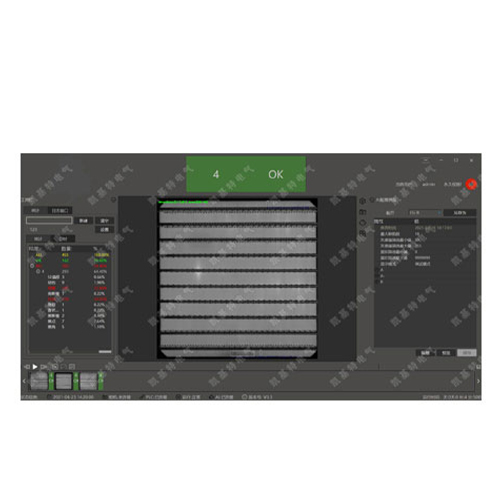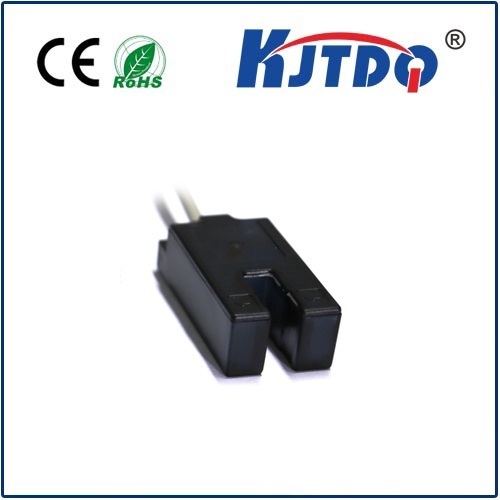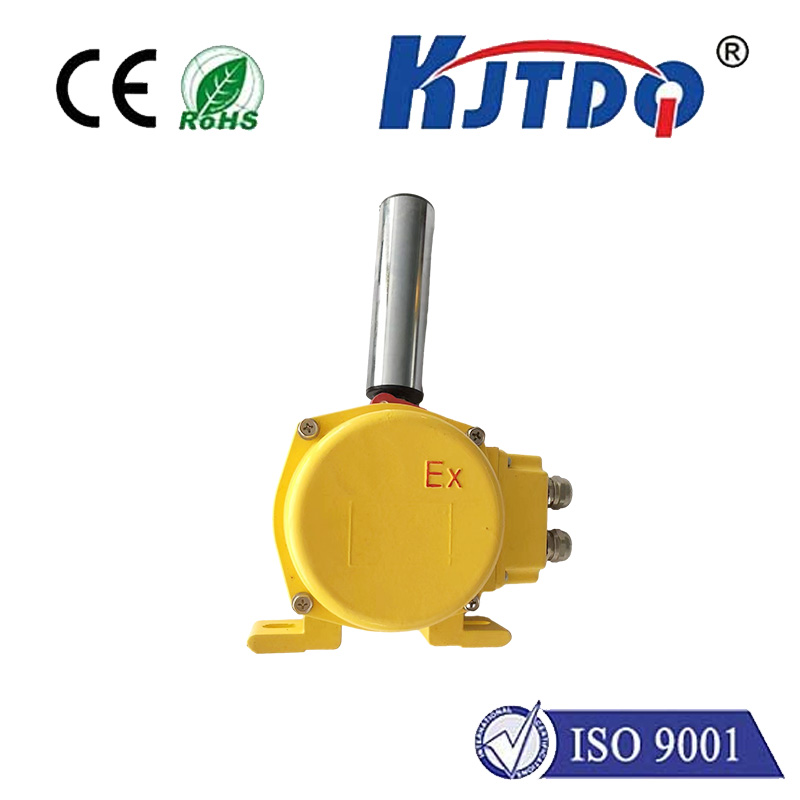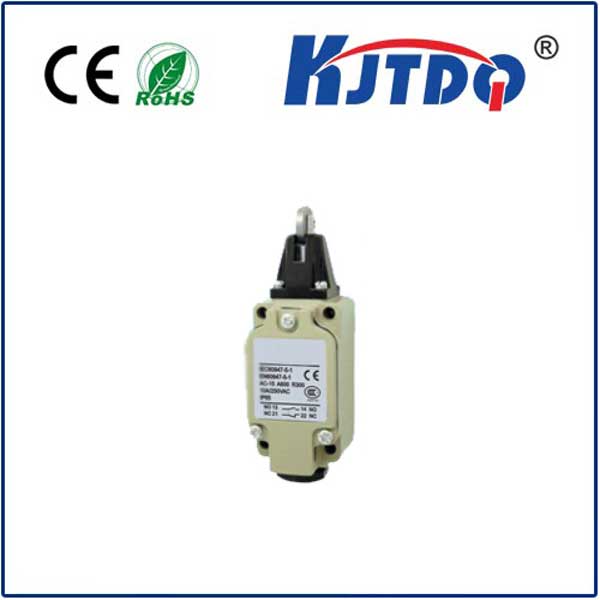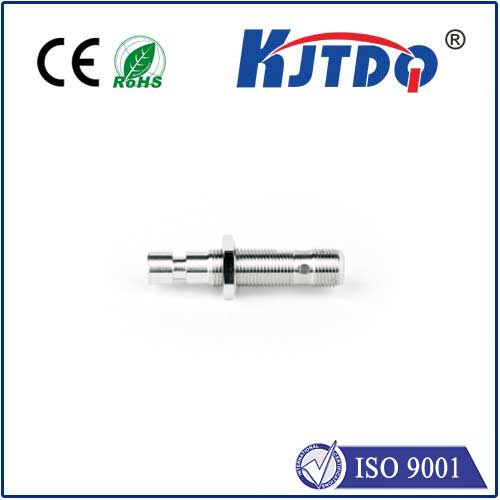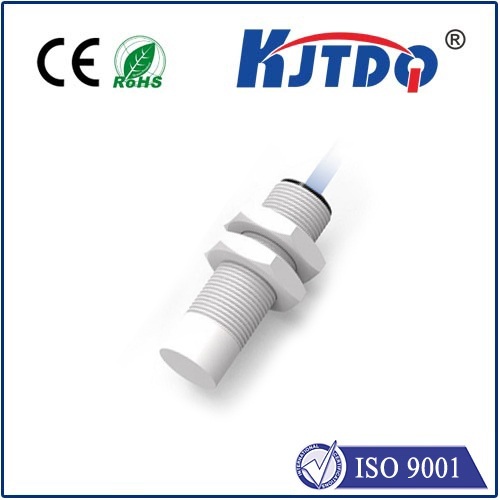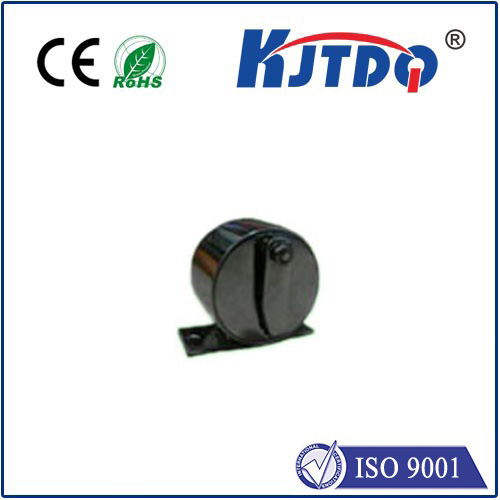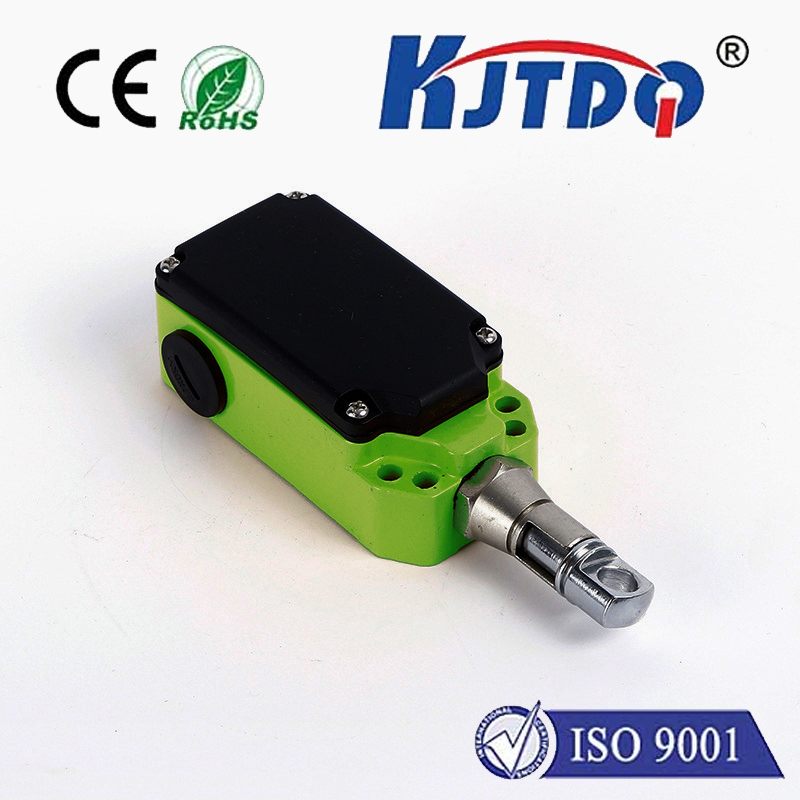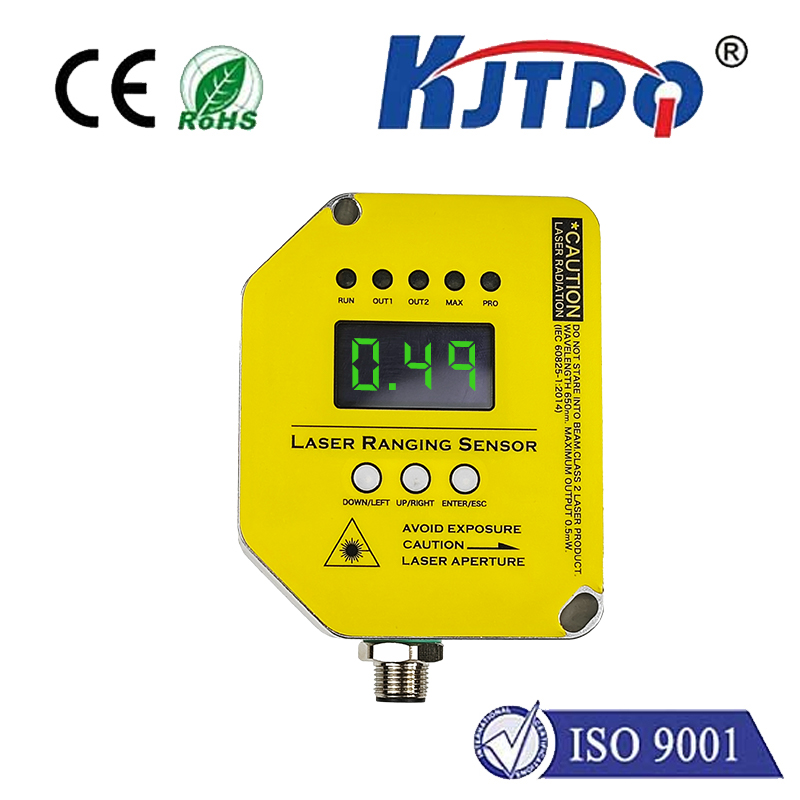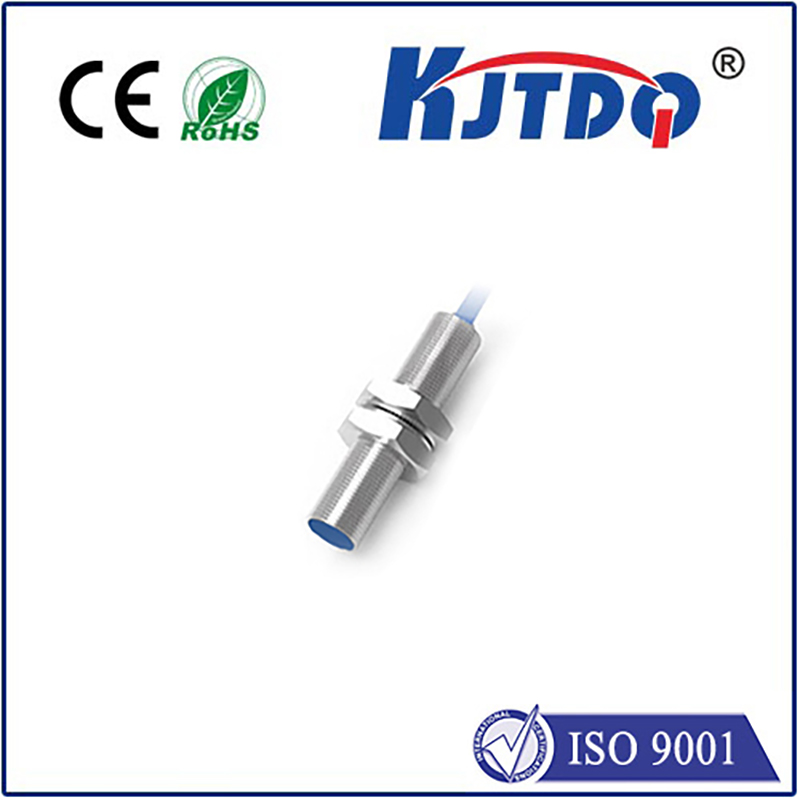photoelectric outlet
- time:2025-07-26 01:06:31
- Click:0
Photoelectric Outlets: Your Personal Power Plant Meets the Everyday Plug
Imagine slicing your electricity bill while simultaneously shrinking your carbon footprint. Sounds idealistic? Welcome to the world of photoelectric outlets, a rapidly emerging technology poised to revolutionize how we access and use power for our everyday devices. These aren’t science fiction; they represent a tangible, accessible step towards energy independence and sustainability, merging the power of the sun with the convenience of the common electrical socket.
So, What Exactly is a Photoelectric Outlet?
At its core, the term “photoelectric outlet” typically refers to a system, not just a single wall socket. It describes integrated setups that harness solar energy (photoelectric conversion) and deliver it directly through standard electrical outlets for immediate use or local storage. Think of it as a miniature, self-contained power station. The key components usually include:
- Photovoltaic (PV) Panels: These are the workhorses, capturing sunlight and converting it directly into direct current (DC) electricity through the photoelectric effect. They can be small, portable panels designed for personal electronics or larger units integrated into a home system linked to specific circuits.
- Charge Controller / Power Management Unit: This crucial component regulates the flow of electricity from the panels. It protects the batteries from overcharging and optimizes the charging process for maximum efficiency and lifespan.
- Energy Storage (Batteries): Most practical photoelectric outlet systems incorporate batteries (like lithium-ion). They store the solar-generated DC power, enabling you to use the electricity when you need it, not just when the sun is shining – powering devices at night or during cloudy periods.
- Power Inverter (Optional, often integrated): Since most household devices run on Alternating Current (AC), an inverter converts the stored DC battery power into usable AC power.
- The AC Outlet(s): This is the final delivery point. The system feeds the converted AC power into one or more standard electrical outlets, ready for you to plug in lamps, chargers, small appliances, or even power tools.
Why Consider the Photoelectric Path? Tangible Benefits Beckon

The allure of photoelectric outlets extends far beyond novelty. They offer concrete advantages that resonate with modern concerns:
- Slash Energy Bills: The most immediate benefit is reducing your reliance on the grid. Powering devices directly from the sun means less electricity drawn from your utility provider, translating to lower monthly bills, especially for energy-intensive gadgets or in areas with high electricity costs.
- Embrace True Sustainability: Photoelectric systems generate clean, renewable energy directly from sunlight. Using them significantly reduces your household’s greenhouse gas emissions and dependence on fossil fuels, contributing to a healthier planet. It’s energy independence on a personal scale.
- Enhanced Resilience & Backup Power: In an age of increasing grid instability due to weather events or overloads, having a localized power source is invaluable. A robust photoelectric outlet system can keep essential devices like phones, medical equipment, lights, or Wi-Fi routers running during outages, providing crucial peace of mind.
- Portability & Off-Grid Freedom: Portable photoelectric outlet kits (often featuring foldable panels, an integrated battery/inverter, and outlets) are game-changers. They empower camping trips, remote worksites, RV adventures, tailgating, or simply working in the backyard – delivering AC power anywhere the sun reaches, completely untethered from the grid.
- Beginner-Friendly Solar Adoption: Installing a full home solar system is a significant investment and commitment. Photoelectric outlet systems, especially portable ones or those designed to power specific circuits/appliances, offer a low-barrier entry point into solar energy. They allow individuals to experience the benefits firsthand without a massive upfront cost or complex installation.
How Does This Tech Actually Work? Simplified Flow:
Understanding the process demystifies the concept:
- Sunlight Capture: Photovoltaic panels absorb photons from sunlight.
- DC Generation: The photoelectric effect within the panels knocks electrons loose, generating direct current (DC) electricity.
- Power Regulation: The charge controller manages the DC electricity flow from the panels, directing it efficiently to the batteries and preventing damage.
- Energy Storage: Excess solar energy is stored in the batteries for later use.
- DC to AC Conversion (When Needed): When you plug a device into the AC outlet, the inverter (if required) draws DC power from the batteries and converts it into the standard AC power your device requires.
- Power Delivery: The AC electricity flows through the outlet to power your plugged-in device. If the system is grid-tied in a more complex setup, excess power could potentially feed back, but standalone “photoelectric outlets” are primarily for localized consumption.
Choosing and Using Your Photoelectric Power Source Effectively
Ready to tap into solar power via an outlet? Consider these points:
- Assess Your Needs: Are you looking for portable power for camping/emergencies? Or a semi-permanent solution for a shed, garage, or specific home appliance (like a fridge on a dedicated circuit)? Your goal dictates the system size (panel wattage, battery capacity in Watt-hours - Wh).
- Understand Power Ratings: Check the continuous and surge wattage ratings of both the photoelectric outlet system (especially the inverter) and the devices you want to power. Ensure the system can handle the startup surge (often higher than running wattage) of appliances like refrigerators or power tools. Don’t overload the system.
- Battery Capacity is Key: For off-grid or backup use, battery capacity (Wh or kWh) determines how long you can run your devices without sun. Calculate your typical usage to size the battery appropriately. Larger capacity equals longer runtime, but also increases cost and weight.
- Portability vs. Permanence: Portable kits are all-in-one units. Permanent setups require mounting panels (optimized for southern exposure and tilt, if possible) and securely locating the battery/inverter unit, often involving professional installation for grid-tied or complex systems. Safety is paramount.
- Maintenance Matters: While generally low-maintenance, periodically clean panel surfaces for optimal sunlight absorption. Follow manufacturer guidelines for battery care (some may recommend periodic full discharges) to maximize longevity. Ensure good ventilation for components.
Towards a Brighter, More Empowered Future
Photoelectric outlets represent a practical democratization of solar technology. They move beyond large-scale installations and bring the tangible benefits of clean energy generation – cost savings, environmental responsibility, and enhanced resilience – right down to the level of our everyday plugs. Whether it’s a portable powerhouse for adventure or a strategic supplement to home energy use, this technology empowers individuals to take direct control of a portion of their energy needs. As efficiency improves and costs continue to decrease, expect photoelectric outlets to become an increasingly common and vital element in our journey towards a more sustainable and












